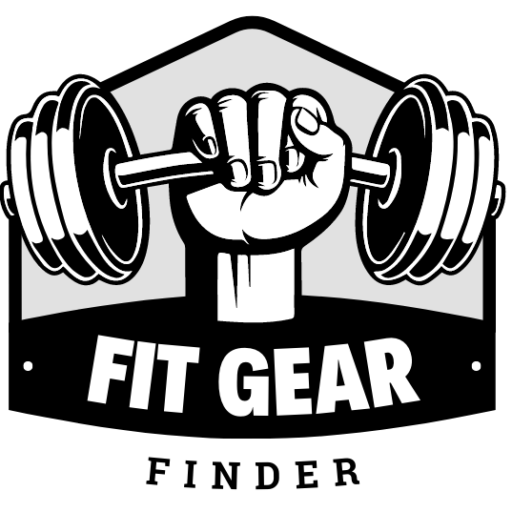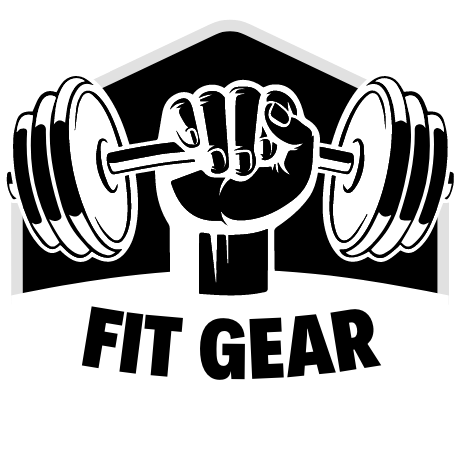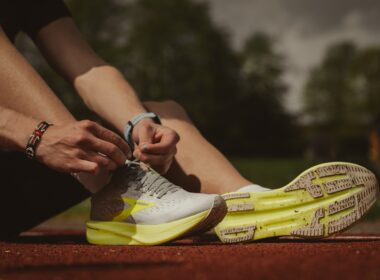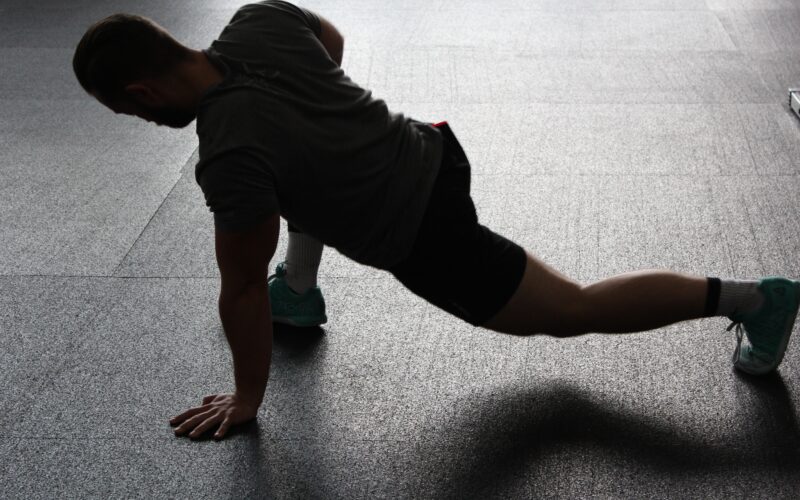Improve Your Running & Recovery with Effective Stretching Techniques
Running brings about a myriad of benefits – improving your cardiovascular health, boosting mood through endorphin production, and providing you a space to clear your thoughts. However, to maximise your running experience, an often overlooked aspect is effective stretching. It plays a pivotal role, allowing your body to perform at its peak while ensuring your muscles remain flexible, functional, and far from injury. Let’s delve into the power and importance of pre- and post-run stretches.
Why Stretching Is Important For Runners
Stretching holds vital importance in every workout routine, and running is no exception. A brisk jog alone serves as sufficient exercise for your muscles. Numerous health professionals endorse conducting pre- and post-exercise stretches, as engaging in these activities can prevent muscle shortening—a common outcome of exercising.
Regular stretching can keep your body’s muscles flexible. This flexibility is vital in maintaining your complete range of motion. Therefore, if you sidestep your post-workout stretches, you risk decreasing your mobility as time progresses.
Likewise, many practitioners also highlight the significance of warming up before stretching and exercise. Warm-ups allow your muscles to respond more effectively to stress by increasing blood flow—this could be as uncomplicated as a 5-10 minute walk.
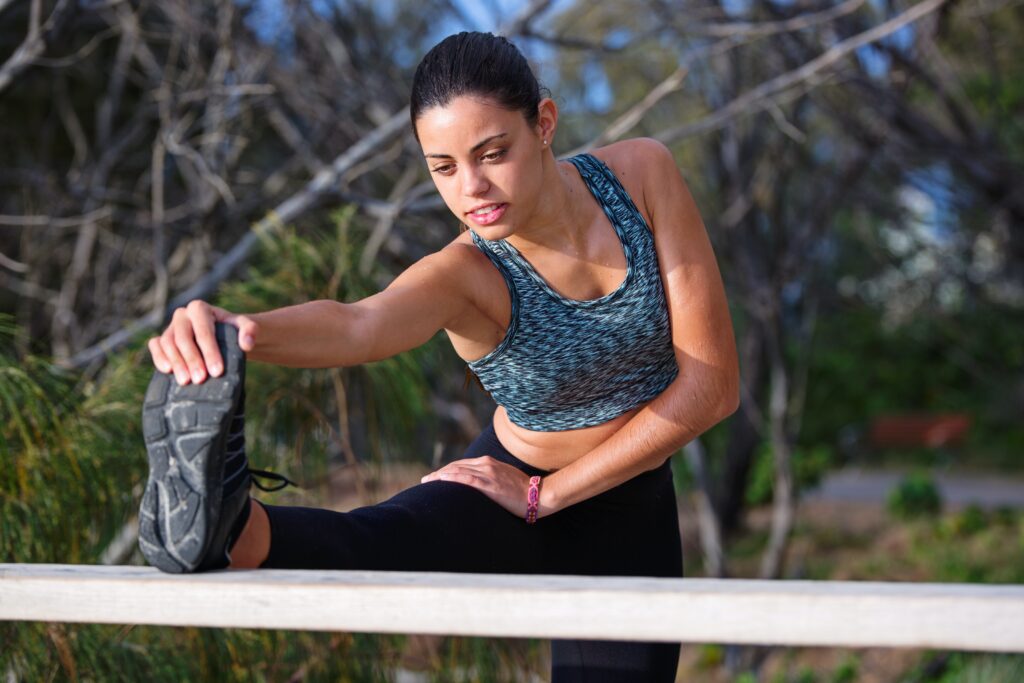
Static versus Dynamic Stretching
Stretching can be classified into two primary categories: static and dynamic.
Static stretching involves extending a muscle or joint to its limit, then sustaining that position for a duration of time. An instance of this may look something like:
Bending down to reach your toes and remaining in that posture for a prescribed timeframe once you’ve reached your limit.
Dynamic stretching, on the other hand, focuses on executing specific motions for your joints or muscles for a set number of repetitions. An example might be:
Prior to a run, swing each leg forward and backward between 10-15 times.
There has been some debate within fitness and research communities on which stretching type provides the most benefit before working out. However, the widely accepted view remains that dynamic stretches are optimal before running, while post-run, static stretching proves most beneficial.
To round off, incorporating stretching into your running routine can bolster your flexibility, range of motion, and ultimately, enhance overall performance. Don’t forget a quick warm-up before starting your run or performing any stretches to ensure you’re prepared to hit the road on your terms. Junior athletes or beginners: be mindful of using the correct form when performing these stretches and consider seeking professional advice prior to commencement. Happy running!”
The Knee Embrace
Commencing with the Knee Embrace, it’s noteworthy that up to 80% of adults are beset with lower back discomfort at some point, as reported by Australia’s National Institute of Neurological Disorders and Stroke. A variety of factors can provoke such discomfort – frequent sitting, heavy lifting, or insufficient recovery following a run.
The Knee Embrace is a tremendous stretch to alleviate tension and stretch your back muscles. Here are the steps to follow:
Start by reclining on a mat, maintaining your back flat on the ground. Then gently, bend your knees and draw them near to your chest. Grasp your shins softly, applying a gentle pull, then retain this position for a full 30 seconds. With care, bring your legs down back to the floor at a slow pace.
Standing Thigh Stretch
We also recommend the Standing Thigh Stretch for runners; an essential resource to relax your “”quads”” or quadriceps – the muscles of your thigh’s front side. Without ample stretching, these muscles can become tense after running or biking.
Tense quads can trigger misalignment in the hips and back, resulting in discomfort. Additionally, these muscles provide critical support to your knee, hence, flexible and robust quads can aid in relieving knee ache.
To perform the Standing Thigh Stretch, follow these instructions:
Stand upright, distributing your weight equally on both feet, placed hip-width apart. If required, stabilise yourself with your left hand against a wall. Bend your right knee and draw your right foot up, behind your body towards your buttocks. Grab your raised right foot with your right hand. Keeping your right knee pointing downward, gently push your hips forward just a touch, ensuring your knees and thighs are touching. Lastly, stay in this pose for 30 seconds and then repeat with your left leg.
Seated Hamstring Stretch
Runners must pay due attention to their hamstring muscles, major components of the leg landscape. Located along the backside of your thighs, they link up with hip flexors and the glutes. Thus, if your hamstrings cramp up, you may experience discomfort in your knees and lower back as well.
When you apply a seated hamstring stretch, sit on a flat surface. Extend your right leg forward and bend your left one so that your knee contacts the floor. Keep your foot cosy on the inner side of your right thigh. Now, bend from your waist, ensuring your back remains straight. Reach for your foot, ankle, or lower leg, depending on what feels comfortable, and feel your leg muscles expand. Maintain this stance for about half a minute. Relax and repeat with your other leg.
This exercise is efficient not only for hamstring flexibility but also improves the dexterity of your adductor muscles, thus enhancing your overall mobility.
Calf Stretch
Next, let’s delve into the calf stretches. They provide relief to the muscles on your lower legs and prevent post-run strain or injury, a necessity after each of your runs.
While maintaining an upright posture, step forward with your left foot, slightly bending the knee. Lean forward a touch, keeping your posture upright. Enforce pressure on the heel of your right foot to stimulate a calf stretch. Retain this position for 45-60 seconds. Then, perform the same exercise with the other leg.
This stretch extends from the back of your knee to your ankle. Added stability can be achieved in the beginning by supporting yourself on a wall.
Managing an optimal running experience is about more than just hitting the pavement or trail. The incorporation of quality stretches, for both pre-and post-run moments, can make a transformative difference to your running capabilities and overall performance levels.
Frequent use of valued stretches like the seated hamstring or dedicated calf stretch targets significant lower body regions engaging the most while running. These exercises can improve mobility, reduce post-run strain, and diminish the chance of running-related injuries.
Whatever your running goals, stretching should play an integral part in your regimen. It boosts performance, prevents injuries, and assists in a quicker recovery. Capture the ethos of a holistic running experience: Warm up, stretch, run, stretch again, and cool down.
We invite you to share your experiences, insights and queries in the comment section below – looking forward to your valued contributions to our running community. Remember, every step (and stretch) counts towards a healthier, happier you.
